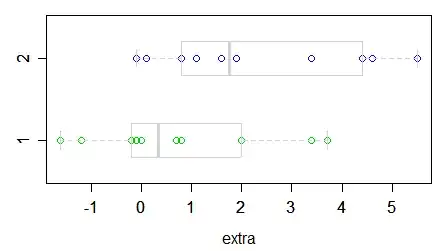Yes, certainly you can have a one-sided hypothesis test for equality of two means.
Most commonly people use a two-sample t-test for the equality of two means (with or without the Welch adjustment to d.f. for different variances), but there are alternatives, including a permutation test.
A one-sided two sample test works analogously to the one-sample case.
Here's an example, done in R on Fisher's sleep data:

> t.test(extra~group, data=sleep, alternative="less")
Welch Two Sample t-test
data: extra by group
t = -1.8608, df = 17.776, p-value = 0.0397
alternative hypothesis: true difference in means is less than 0
95 percent confidence interval:
-Inf -0.1066185
sample estimates:
mean in group 1 mean in group 2
0.75 2.33
The equal-variance version gives almost the same p-value (0.0396)
If you want to test whether the values tend to be larger in one population than another, in the sense that your alternative is of the form $P(X>Y)>\frac12$ then you could use a Wilcoxon-Mann-Whitney for that.
